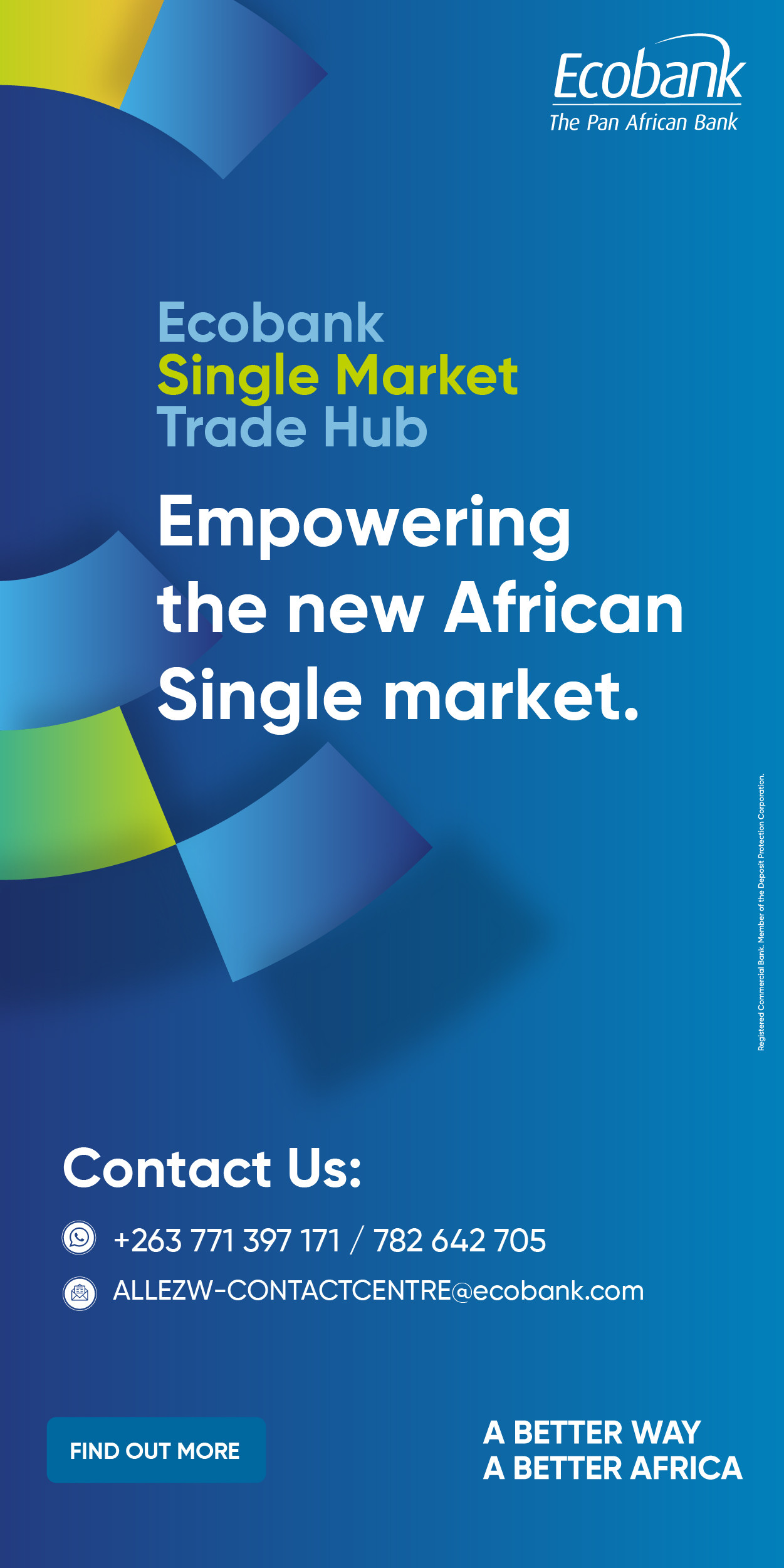- Slashes overheads 43.91% to US$58.7M in FY2025, enabling survival amid 52% revenue collapse to US$245M and a US$25M loss
- US$30.5M capital raise to clear supplier arrears, restores stock to 95%+, and fuels FY2026 revenue rebound
- 2025 retail reforms cut compliance costs by around US$3.5–5M annually, restore pricing power
Harare- OK Zimbabwe, the biggest standing retail giant in a landscape littered with the corpses of departed chains, has slashed overhead costs to US$58.7 million, a 43.91% plunge from the prior year, through surgical downsizing, staff rationalization, logistics compression, and the elimination of all non-core spending.
This cost discipline provided critical breathing room in a year when revenue collapsed 52% to US$245 million amid supply chain seizures, rampant smuggling, pricing distortions, and aggressive predation by the informal sector.
Yet survival does not equate to revival: the group still bled US$25 million into the red, burdened by US$30.34 million in debt, comprising US$24 million in supplier arrears, US$5.12 million in utilities and payables, and nearly US$1 million in statutory obligations, fuelling US$3.1 million in annual finance costs that continue to threaten insolvency.
The recovery path, though uneven, is showing early momentum. A US$20 million rights issue, successfully closed in July 2025 and funded in August, has already begun settling supplier debts, gradually restoring stock to shelves.
An additional US$10.5 million from the sale-and-leaseback of supermarket buildings, with offers under review since August, will preserve strategic store locations while unlocking liquidity for restocking and capital expenditure, which had been throttled to just US$0.9 million.
A US$13.5 million exchange gain from ZWG devaluation remeasurements provided a one-off cushion.
Restructuring efforts are actively underway, including debt prioritization, organizational streamlining, and operational recalibration, with staff retraining programs in place to rebuild service capabilities eroded by the exodus of skilled personnel during the downturn.
In-store execution and e-commerce acceleration are now positioned as dual growth engines.
FY2026 projections are underpinned by the 2025 retail reforms finally taking effect.
The consolidation of 11 fragmented permits into a single unitary license reduces compliance burdens, while exemption from Zimbabwe Tourism Authority fees outside tourist zones trims fixed costs. Statutory Instrument 34, enacted in April 2025, eliminated mandatory official-rate pricing, enabling USD pricing flexibility to reclaim customers from informal hawkers. Statutory Instrument 7 empowers ZIMRA to seize smuggled goods, targeting the 65% informal market share.
If these policies are rigorously enforced and power reliability improves by even 30% through ZESA reforms and private solar initiatives, OK’s fuel bill, its only significant cost escalation could decline sharply, paving the way for a revenue rebound and a return to profitability.
Zimbabwe’s 2025 retail reforms will directly cut OK Zimbabwe’s operating costs by an estimated US$3.5–5 million annually while boosting pricing power and footfall. The single unitary license replacing 11 fragmented permits eliminates US$1.2–1.5 million in annual compliance fees and delays; exemption from Zimbabwe Tourism Authority levies outside tourist zones trims US$0.8 million in fixed charges.
Statutory Instrument 34 (April 2025) scraps mandatory official-rate pricing, enabling USD flexibility that recaptures 10–15% of lost volume from informal undercutting and adds US$1–1.5 million in margin through competitive pricing without eroding demand, and SI 7 empowers ZIMRA seizures of smuggled goods, levelling the playing field against the 65% informal sector and protecting US$0.5–1 million in gross profit previously lost to shadow competition, collectively easing overhead pressure, stabilizing supply chains, and accelerating OK’s path to US$340–370 million revenue and break even, or even profit in FY2026.
But the reforms are not enough. The government must act bolder and faster to secure OK’s recovery and prevent total informal dominance. Targeted liquidity injections through an expanded RBZ US$500 million SME and retail support scheme with priority allocation for formal retailers could offer 12-month financing at 12% for solar installations and inventory, directly addressing OK’s US$17 million supplier arrears, as Nigeria’s 2025 NIRSAL facility did for its retail sector.
Informal formalisation incentives, including tax holidays and training for 80% of unregistered traders to join formal supply chains like OK’s vendor programs, would curb smuggling that undercuts prices by 20–30%, mirroring Kenya’s AGPO model that boosted formal retail by 8%.
Exchange rate safeguards via weekly ZiG/USD parity audits and premium caps at 10% would prevent repeat devaluations, following South Africa’s bond reforms that stabilized forex for 5.6% retail growth.
Energy subsidies covering 50% of generator fuel or fast-tracking 100 MW private solar IPPs by Q1 2026 would slash OK’s power-related costs by 10–15%, as Zambia’s 2025 solar retail bonds achieved with a 70% reduction in diesel use.
Without these measures, OK’s recovery risks stalling at break-even, undermining FY2026’s projected 4.6% GDP momentum. But with them, especially if OK secures dedicated financing, Zimbabwe’s last retail survivor could not only endure but expand, modelling a formal sector revival that create jobs and adds to annual GDP.
The government’s initial reforms are a start; now it must deliver the full arsenal, drawing lessons from Nigeria, Kenya, Zambia, and South Africa to ensure OK Zimbabwe, and the nation’s economy, rises from the ashes.
Equity Axis News





